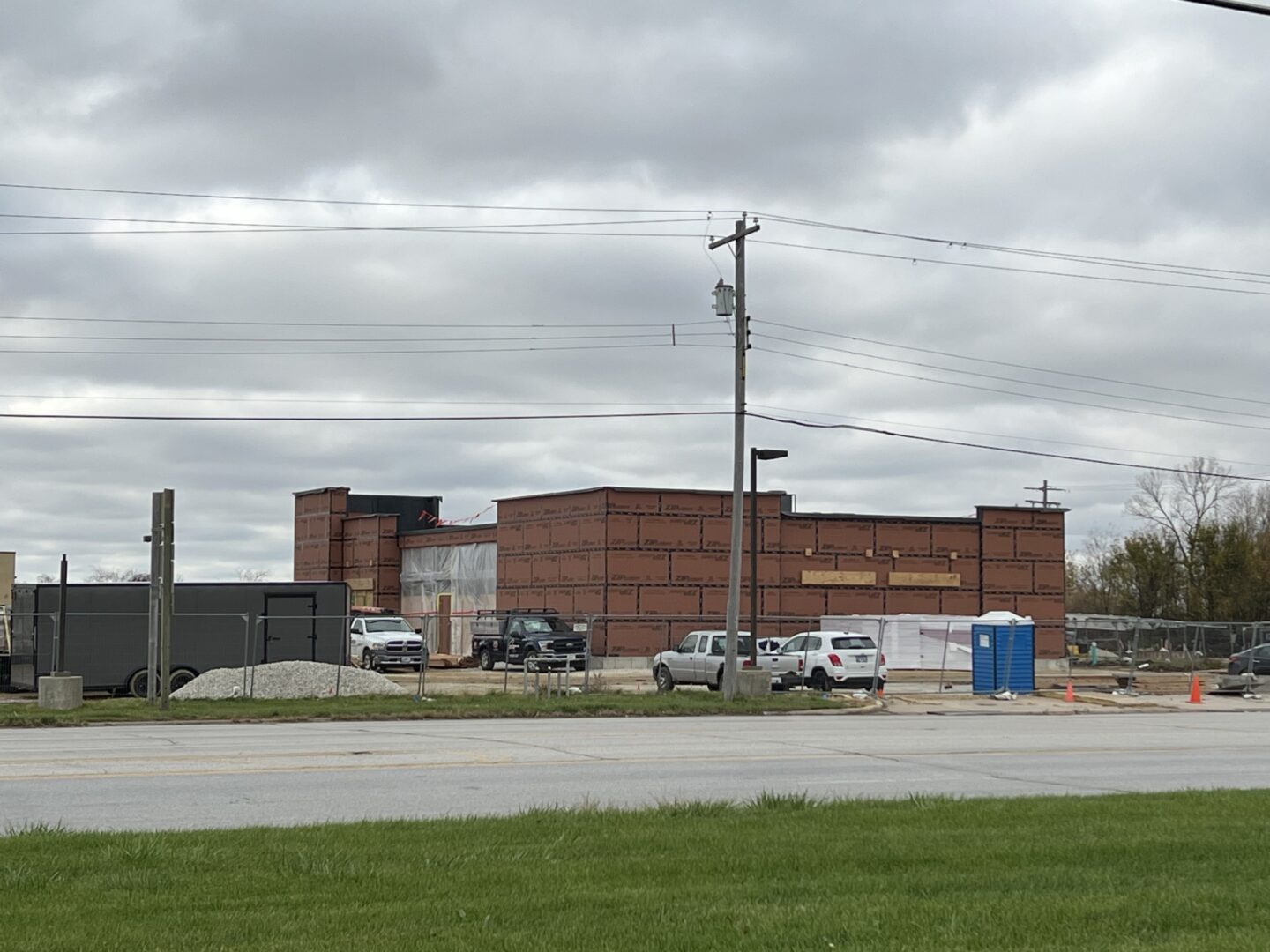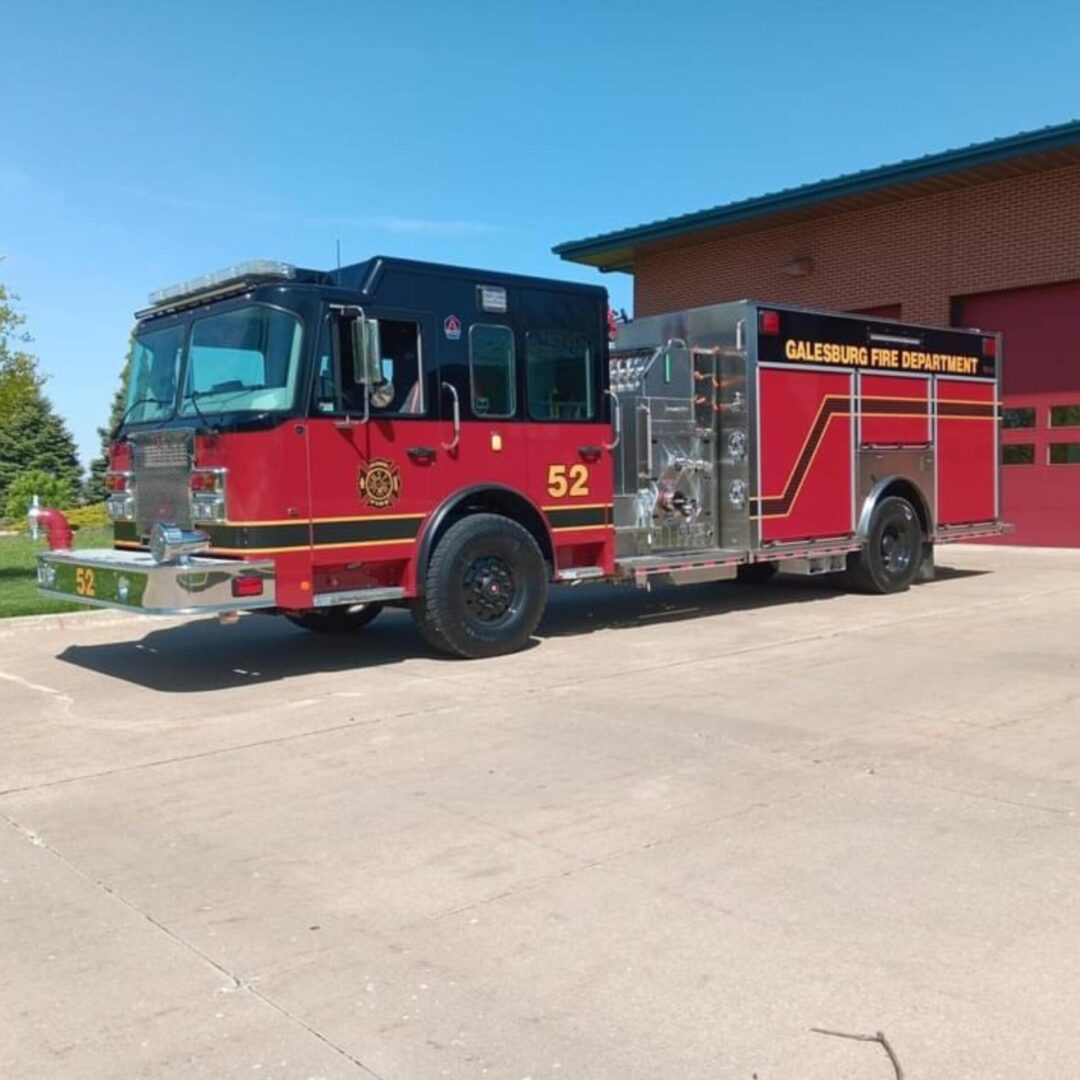As part of the Nutrient Loss Reduction Strategy, each individual state is in charge of reducing nitrate and phosphate loss into the Mississippi River. In Illinois, Director of Environmental Policy at the Illinois Farm Bureau Lauren Lurkins, says the state’s agencies took the time to really address the issue:
“We are very grateful to our state agencies, Illinois EPA and Illinois Department of Ag, because they could have done this very differently and knocked out a report that was meaningless to stakeholders and done very quickly, instead they took a very long period of time to bring various stakeholders together in a room, back in 2013 actually, to work through that guidance memo and then build from that. I was a representative for the Illinois Farm Bureau, lot of ag groups were in the room, Point Sources is something a definition under the Clean Water Act, but really here we are talking waste water treatment plants, urban storm water representatives, academia, and our environmental groups in the state. We all sat together and disagreed on quite a bit, but also agreed that this was an important issue that we weren’t going to do any good fighting about and that we were going to get to work on it together.”
Six years in, the Illinois Farm Bureau Board of Directors has invested $2.3 million into the effort of implementing the Nutrient Loss Reduction Strategy, supporting farmer led projects and research.
















